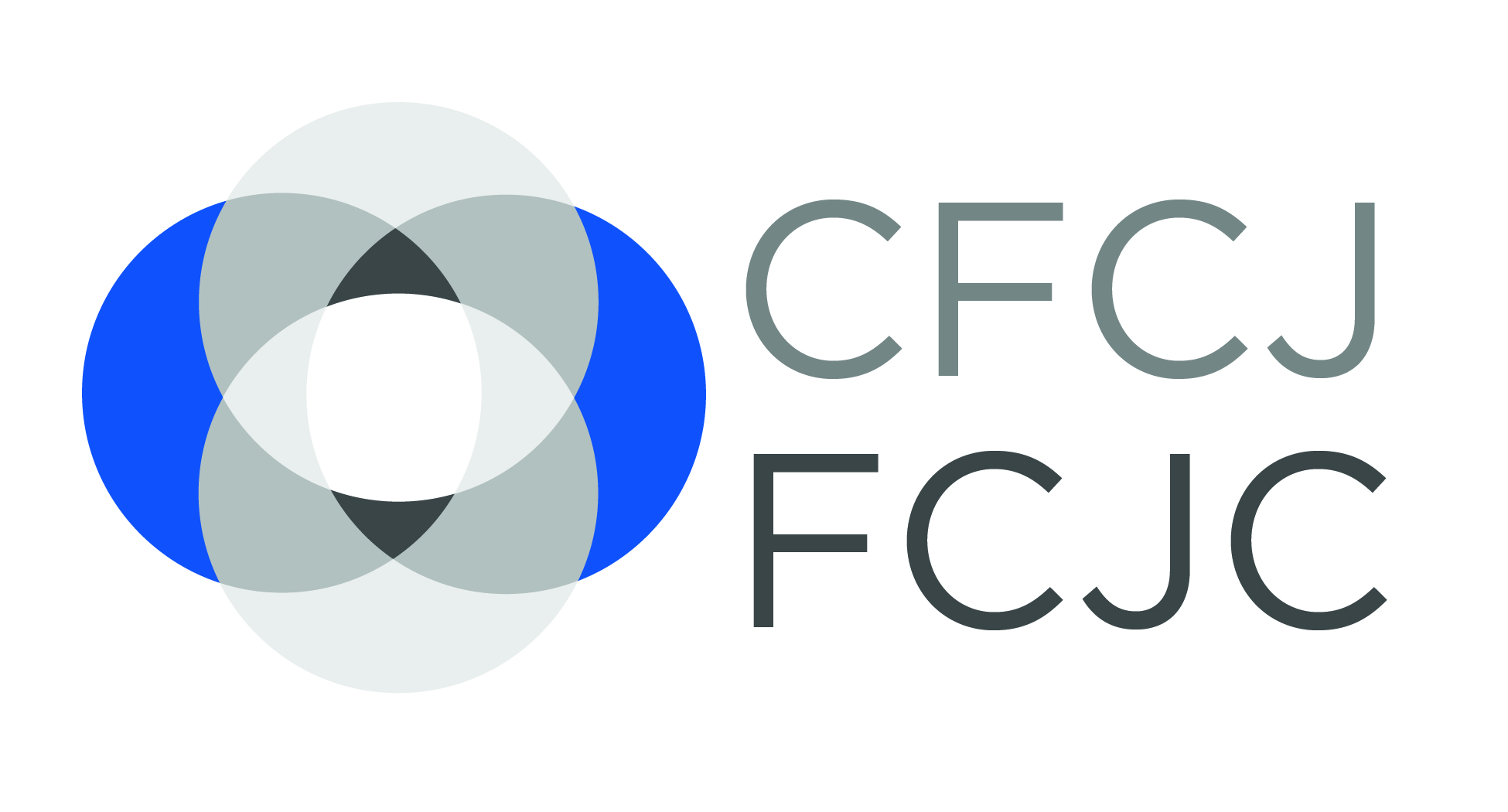Access to justice as a social determinant of health
Social Determinants of Health
It is well understood that those at the bottom of the social gradient have shorter life expectancies and experience more health problems at a higher rate than those who are well-off.[1] The societal factors that cause this disparity are referred to by social scientists as “social determinants of health”. According to the World Health Organisation, social determinants of health are “the conditions in which people are born, grow, live, work and age” with these circumstances being shaped by the distribution of money, power and resources. When people experience things like poor housing, insecure employment, inadequate education and other disadvantages, the negative effects on health accumulate throughout life.[2] Many of these problems may actually be unmet legal needs that can be dealt with in a poverty law practice. In other words, legal services have the power to impact social determinants of health, and I propose that access to these services can be a social determinant of health in itself.
Legal problems in disguise
Health problems are sometimes legal problems in disguise. Consider, for example, a child who is brought to the emergency room multiple times, suffering from asthma attacks. At first glance, her attacks appear to be a very straightforward health problem; the doctor should treat her symptoms and send her on her way. However, what if the underlying problem is a legal one? What if the landlord of the family residence refuses to remove the mould that is exacerbating the child’s asthma? This health problem has just become a legal one, and a legal solution through landlord-tenant law is necessary to attain a lasting solution.
If inequitable social structures are most often the systemic causes of ill health, legal interventions will be more effective if they target these structures.[3] Consider again the example above. The negligent landlord is only the manifestation of a larger social problem. Addressing the overarching problem of poor health conditions in substandard housing and the lack of affordable housing (e.g. through a test case or law reform initiative) would target the root cause of this child’s problem, and the problems of countless others.
Putting theory into action: Medical-Legal Partnerships
If the underlying social causes of poor health are often civil legal problems, collaboration between health professionals and lawyers through medical-legal partnerships (MLP) offers an innovative way to address these problems. According to the US National Centre for Medical-Legal Partnership (NCMLP), “[m]edical-legal partnership is a health care delivery model that improves the health and well-being of low-income and other vulnerable populations by addressing unmet legal needs and removing legal barriers that impede health.” The NCMLP approach has three core components: it directs services for patients and families within healthcare facilities; it provides training for health care staff; and it engages in joint medical-legal systems advocacy. Benefits of the MLP approach can be seen across the United States and in Canada’s first MLP at the Hospital for Sick Children in Toronto.[4]
A powerful argument for access to justice
Framing access to justice as a social determinant of health has far-reaching implications. Proof of a causal relationship would be a powerful weapon in the arsenal of both justice and health advocates. If access to legal services can improve health outcomes in a cost-effective manner by stopping the problems “upstream”, this could spur health policy-makers to invest in access to justice initiatives. Similarly, evidence that access to justice has positive consequences that extend further than the courthouse could increase public support and political will for making the system more accessible. If access to justice is considered a social determinant of health, and action is taken to improve access, the result could be a healthier and more just society.
Further Reading
Carmean, Monica. “Medical-Legal Partnerships: Unmet Potential for Legislative Advocacy” (2012) 19 Geo J on Poverty L & Pol’y 499.
Jackson, Suzanne F et al. “Hospital-Legal Partnership at Toronto Hospital for Sick Children: The First Canadian Experience” (2012) 15:4 Healthcare Quarterly 55.
Schulman, David I et al. “Public Health Legal Services: A New Vision” (2008) 15:3 Geo J on Poverty L & Pol’y 729.



